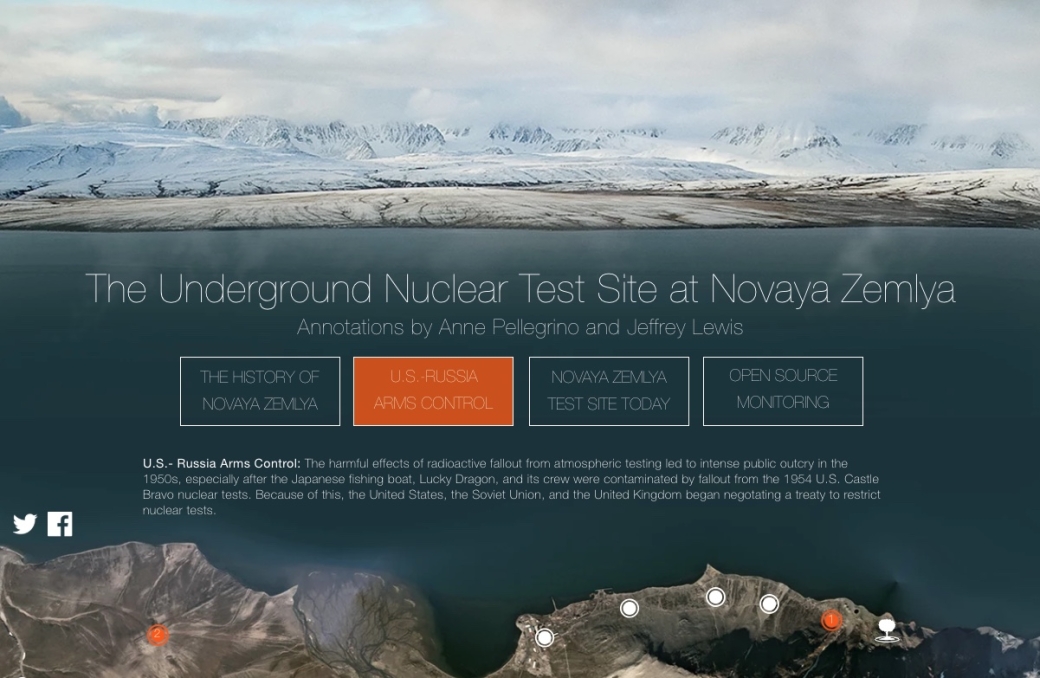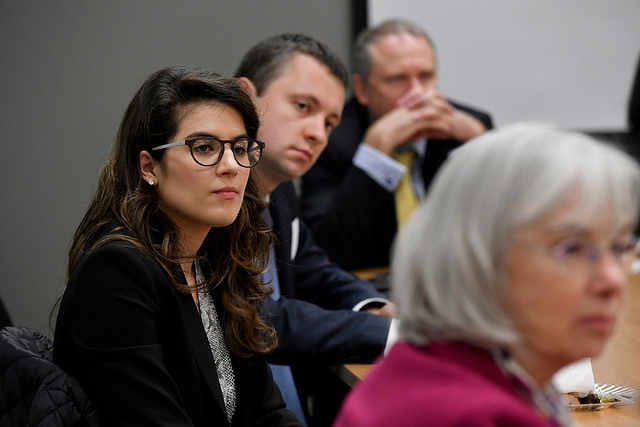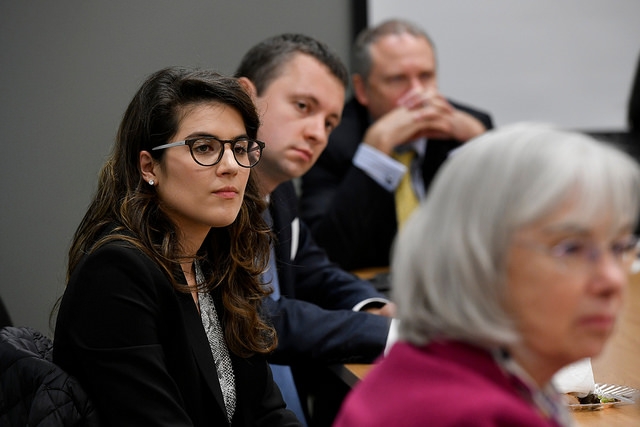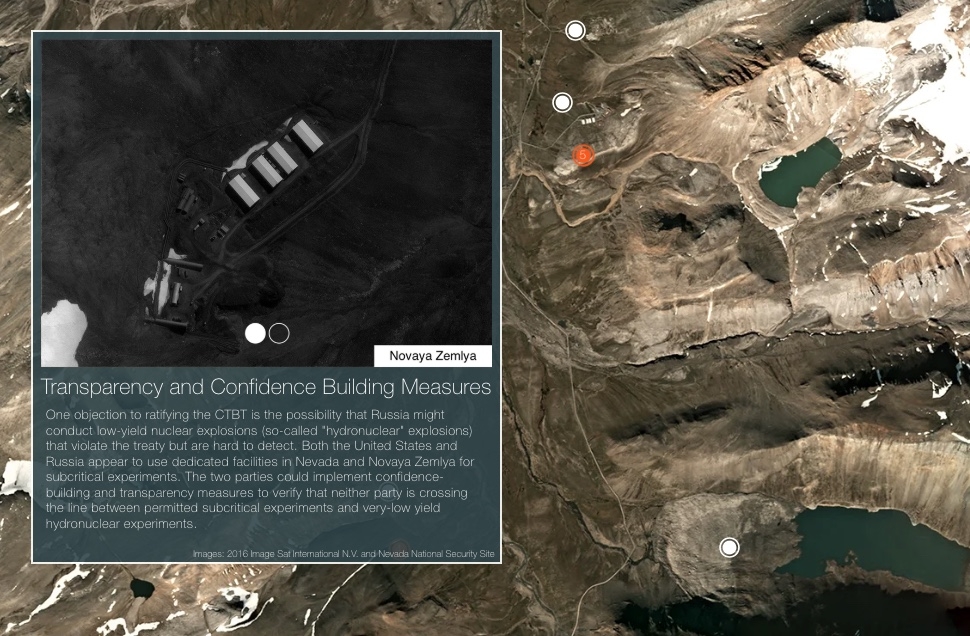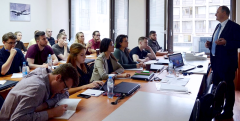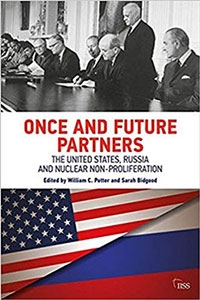Students in Unique Dual Degree Master’s Program in Nonproliferation Begin Study in Moscow
Students in a unique dual degree master’s program in nonproliferation, a collaboration between the Middlebury Institute and Russia’s PIR Center and Moscow State Institute of International Relations (MGIMO), recently began their course of study in Moscow.

